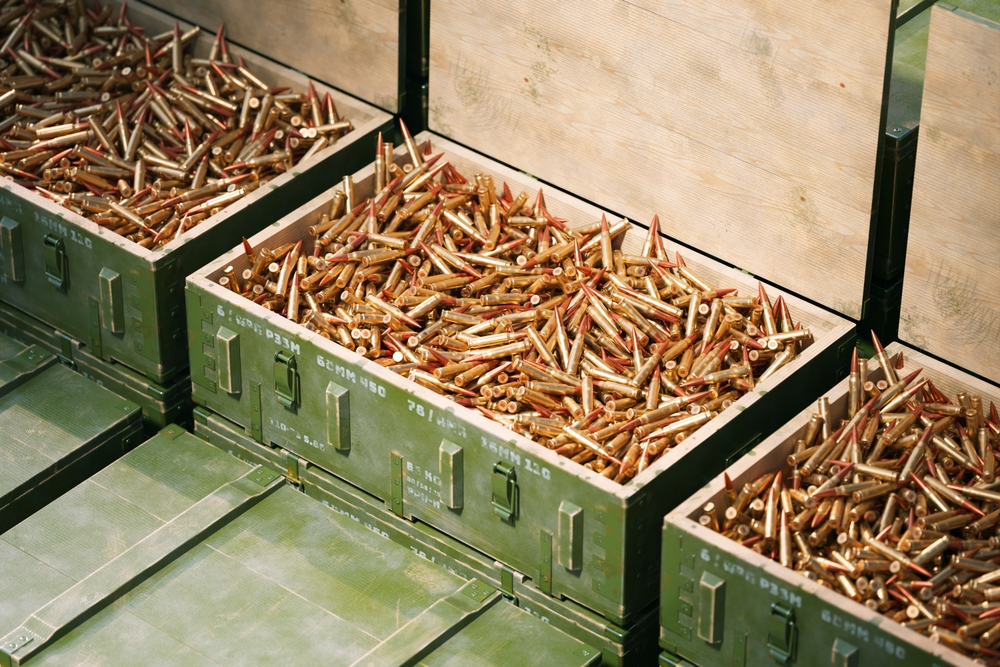Inspections of North Korean ammunition have revealed serious deficiencies.
Others are reading now
Recent intelligence reports indicate that North Korea is supplying approximately half of Russia’s annual ammunition needs, which amounts to around three million missiles.
Amount of Gunpowder Uneven
This alarming trend comes after President Vladimir Putin’s visit to Pyongyang earlier this year, where he signed a defense pact with North Korean leader Kim Jong Un. As a result, Russia has increasingly relied on North Korean resources to maintain its offensive operations in eastern Ukraine.
While these shipments significantly boost the quantity of munitions available to Russian forces, concerns have been raised about the quality of the supplied arms.
Inspections of North Korean ammunition have revealed serious deficiencies. For instance, munitions from the same batch show inconsistencies, with different propellants observed based on color variations, according to WP.
Also read
Furthermore, the amount of gunpowder in these missiles is uneven, and some have been found with compromised seals and missing copper wires.
Volume of Supplies Allow Territorial Gains
Despite these issues, the sheer volume of supplies allows Russia to make territorial gains, including the recent capture of the city of Vuhledar in eastern Ukraine.
Kyrylo Budanov, head of Ukraine’s military intelligence, warned that the influx of North Korean missiles could tilt the balance of the conflict in Russia’s favor.
North Korea’s support for Russia is not new. Recently, the regime tested new tactical ballistic missiles and modified cruise missiles, with Kim Jong Un personally overseeing the launches. It is possible that some of these new weapons may also be sent to bolster Russian military capabilities.
Additionally, North Korea may provide other military assets to Russia, including tanks like the P’okp’ung-ho, first produced in 1992, and older Ch’ŏnma-ho models, which are modernized versions of the Russian T-62.


